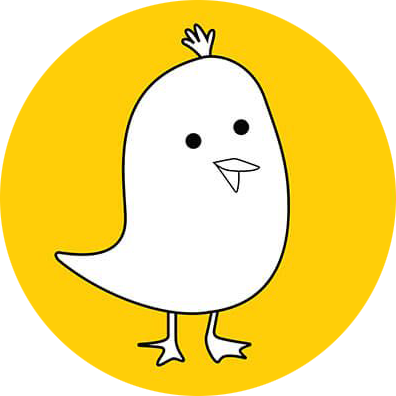Does Lying Face-Down in 'Prone Position' Improve Your Oxygen Levels?
Several doctors on the frontlines of the Covid-19 are successfully treating COVID-19 patients with a basic procedure called 'proning.' With little or no equipment, this technique is providing aid to covid patients who are critically ill and avoid being put on ventilators for breathing assistance.

As the number of cases of Covid-19 rises in India, the country is experiencing a shortage of oxygen as a result of the rapid increase in cases. While there was no difference in the percentage of deaths during the first and second waves, the second wave had a higher oxygen demand. Despite the fact that there are currently 20 lakh active cases, Twitter is flooded with messages asking for assistance in seeking oxygen.
What is Proning?
Proning is the method of moving a patient from their back to their abdomen (stomach) with precise, safe motions until they are lying face down. Furthermore, improving respiratory comfort and oxygenation is a medically recognised position. Moreover, it is particularly useful in COVID-19 patients with or without the need for a ventilator.
Prone positioning increases ventilation and makes breathing easier by keeping alveolar units open. Apart from that, proning is only needed when the patient has trouble breathing and the SpO2 drops below 94. (less than 94). During home isolation, it's also important to keep an eye on SpO2, as well as other vital signs including temperature, blood pressure, and blood sugar. Hypoxia (abnormally low oxygen levels in the blood) can exacerbate existing problems. In addition, timely proning and proper ventilation could save many lives.
The position leads to better expansion of the dorsal (back) lung regions, increased body movement, and improved secretion elimination, both of which can contribute to improved oxygenation (breathing).
Self-proning steps
Firstly, you will need 4-5 pillows. And, regular alterations in lying position. Besides, the best is to not spend more than 30 minutes in each position.
1. 30 minutes to 2 hours; laying on your belly
2. 30 minutes to 2 hours; laying on your right side
3. 30 minutes to 2 hours; sitting up
4. 30 minutes to 2 hours; lying on your left side
5. Then back to Position 1. lying on your belly
It's important to note that you shouldn't do proning for an hour after eating. Continue proning for just as long as you can stand it. It is possible to sleep up to 16 hours a day, in multiple periods, as long as it is convenient. Pillows may be changed slightly for comfort and to change pressure points. Keep an eye out for any pressure sores or injuries, especially near bony prominences. Besides that, pregnant women, people with deep venous thrombosis (treated in less than 48 hours), people with severe heart problems, or an unstable spine, femur, or pelvis features should avoid proning.
Non-self pronating patients in emergency
Using a normal bed, a flat sheet, and family members, a five-step approach is used to put a patient in the prone position.
1. Using a flat sheet, pull the patient to one side of the bed.
2. Place the flat sheet around the arm that will pull through (the side you are turning toward).
3. A second flat sheet is placed on the bed and tucked under the patient. this sheet will pull through as you are turning the patient.
4. Using the sheet, turn the patient over and position the patient prone. The arm and sheet will pull across the bed.
5. Pull and centre the patient. Discard the sheet that was used to place the patient in the supine position. Straighten lines and tubes.
How it assists COVID-19 patients?
Proning improves oxygenation in some patients with moderate respiratory distress who do not need a ventilator or who can progress to serious respiratory distress.
Though there isn't enough evidence to show that proning reduces the need for ventilators, it does increase oxygenation temporarily. This is why, during the COVID-19 pandemic, proning has been part of the treatment plan.
For breaking news and live news updates, like us on Facebook or follow us on Twitter and Instagram. Read more on Latest National News on The National Bulletin


